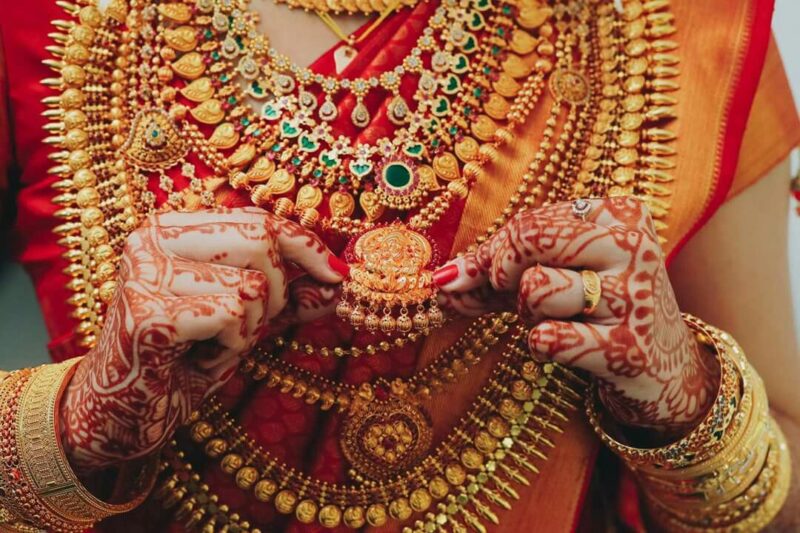
The concept of dowry is an old tradition that is now slowly fading into the background and is dealt with by the bride as a ‘hush’ payment. Despite the fact that dowry has been illegal in India since 1961, a study found that it is still paid on a regular basis, with nearly 95% of weddings involving a dowry exchange.
Dowry is a practice of paying and accepting objects of value (such as clothes, jewelry, furniture, cash and more) between two families, and it is rightly portrayed as a social evil. Typically, the bride’s family is responsible for paying the groom’s family for these items.
The World Bank conducted the study, which looked at nearly 40,000 marriages that took place in 17 Indian states between 1960 and 2008, accounting for 96% of the country’s population. Experts calculated ‘net dowry’ to examine the difference between what was paid by the bride’s family to the groom’s and vice versa, and the results revealed that in the vast majority of cases, the bride’s family had paid more – in cash and kind – to the groom’s family than the groom’s family had paid to the bride’s family.
While much has changed since 2008, researchers believe the dowry trend is still very strong in India, as the concept is shared by all major religious groups, with Christians and Sikhs reporting a ‘striking increase in dowry.’ Dowry inflation was seen in some states, including Kerala, Haryana, Punjab, and Gujarat, with Kerala having the highest average dowry in recent years. States like Orissa, Tamil Nadu, Maharashtra, and West Bengal, on the other hand, saw a decrease in average dowry.

Post Your Comments